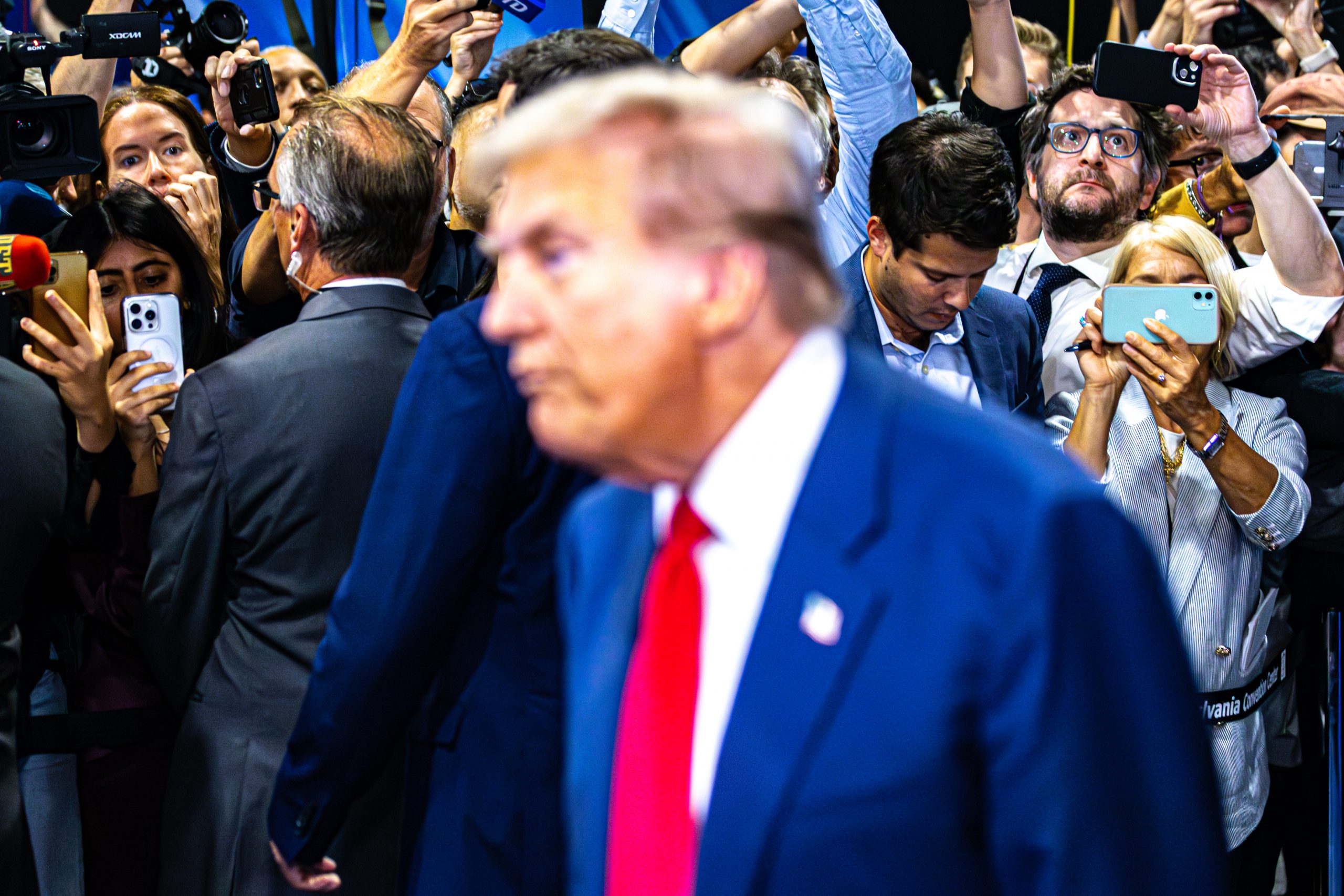
In a sudden announcement last week, President Donald Trump declared his intention to levy a 100 percent tariff on “any and all movies coming into our country that are produced in foreign lands.” In a post through his own social media platform called Truth Social, he claimed that Hollywood is “dying a very fast death” as a result of filmmaking moving outside of the United States. He further claimed that this is a “national security threat” for supposedly spreading “propaganda” from other nations. However, Hollywood could actually die a much faster death if foreign production is hindered.
The growth of film industries across the world has been heavily shaped by the rise of globalization. In terms of both art and commerce, cinema has benefited immensely from international collaborations to the point that they have become an essential part of the filmmaking process. Hollywood films regularly feature actors and technicians from all over the world, in addition to utilizing international filming locations. On top of this, visual effects work for some of the biggest studio productions in Hollywood—including Avatar, Dune and the Marvel Cinematic Universe—is commonly outsourced to foreign companies, such as the British-Indian company DNEG. These practices help to reduce production costs; levying such high tariffs on foreign productions will not make it any more affordable to get the same work done in the United States.
As a result, even the most successful franchises could end up falling apart as budgets skyrocket to unmanageable levels. This could have catastrophic effects on the American box office, and in turn, the economic viability of the film industry itself. In response to the idea of the tariffs, Congresswoman Laura Friedman—“the only current member” of Congress who has experience in film—expressed her concern that they could potentially make it “more expensive” to go and watch movies, among other issues. This implies the possibility of ticket price hikes, which might make movies inaccessible to the working class altogether.
The move could be intended specifically to target films coming from foreign countries, standing as yet another example of the Trump administration’s attempts to push against diversity and representation. Trump’s apparent resistance to the growing relevance and appreciation of world cinema would come as no surprise to those who recall his displeasure when “Parasite” won the Academy Award for Best Picture in 2020. His choice to label foreign films as “propaganda” indicates his aversion to the diverse cultural perspectives that make the nation what it is. Depending on the legalities, this latest addition to Trump’s spree of tariffs could take matters a notch further, potentially cutting millions of people off from stories that represent them and trapping audiences into an echo chamber of cultural rigidity.
The irony is that screening foreign films only helps U.S. theaters sustain business. Major theater chains such as Regal and independent theaters alike are increasingly incorporating world cinema into their screening schedules. In fact, at some of these locations, it is not uncommon for nearly half of the films screening in a week to be from foreign countries, with a particular inclination towards Indian films, given the growing diaspora in the United States. This could prove especially helpful for theaters when Hollywood faces dry phases, such as during the SAG-AFTRA strike in 2023, when major productions were halted and awaited releases such as “Dune: Part Two” were postponed.
With all of this in mind, the news has naturally thrown Hollywood into a state of uncertainty, especially as the true legal implications of the announcement remain unclear. Many filmmakers have shared their confusion regarding the situation; some warn that it would destroy the industry, some doubt that such tariffs would even be possible to implement and still others have been left wondering what the specifics would be.
Soon after Trump’s post, actor Jon Voight—who Trump recently appointed as “Special Ambassador to Hollywood”—shared a more detailed proposal that seems to address at least a few of these questions; for example, it targets theatrical, broadcast and streaming content. It proposes that productions occurring in foreign countries through tax incentives be tariffed by 120 percent of the value of the said incentive, in a bid to nullify the benefit. It also indicates that 75 percent of a film’s production should occur in the United States in order to gain a domestic tax incentive, although it is not mentioned how any of this would be calculated.
In fact, there continues to be little sign of any actual legal developments regarding the situation. As such, it is still up for speculation exactly how far the definition of “produced in foreign lands” would stretch. The details—and even whether any of this will actually happen—are unclear, but one thing that is clear is that it would not be good news for the film industry.


